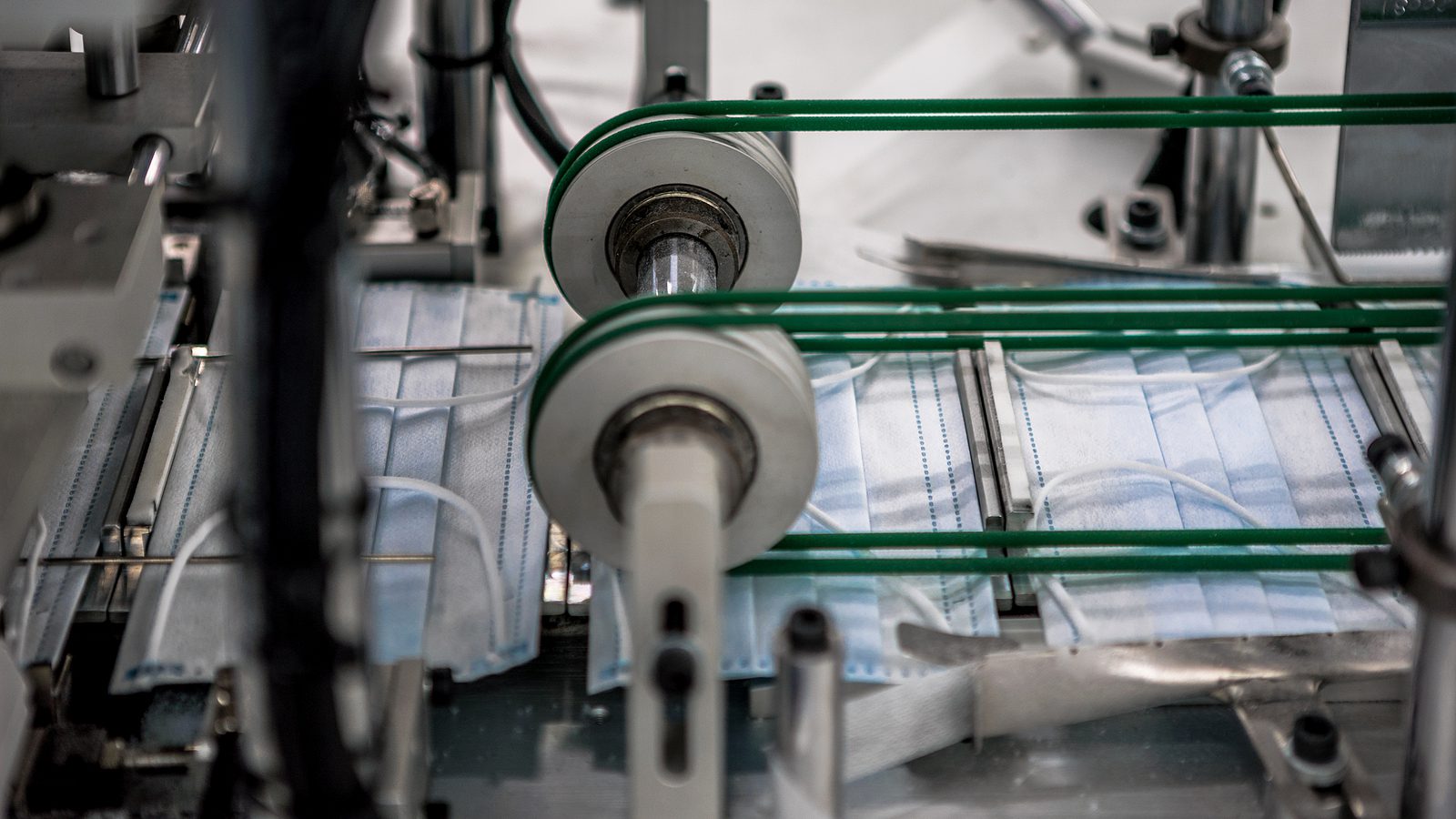By Laser 1 Technologies
Growth Of The Hybrid And Electric Vehicle Sector
The hybrid and electric car market is thriving.
Total revenues of the global hybrid & electric cars market grew 20.6% between 2014 and 2018, according to ReportLinker. Total global revenue for the segment was $134.2 billion in 2018.
Reducing Emissions
Why are they so popular? Reducing emissions is the primary reason.
Internal combustion engines generate carbon dioxide and other global-warming gases. Here’s an assessment from the Union of Concerned Scientists:
Our personal vehicles are a major cause of global warming. Collectively, cars and trucks account for nearly one-fifth of all US emissions, emitting around 24 pounds of carbon dioxide and other global-warming gases for every gallon of gas. About five pounds comes from the extraction, production, and delivery of the fuel, while the great bulk of heat-trapping emissions—more than 19 pounds per gallon—comes right out of a car’s tailpipe.
In total, the US transportation sector—which includes cars, trucks, planes, trains, ships, and freight—produces nearly thirty percent of all US global warming emissions, more than almost any other sector.
The EPA says:
A typical passenger vehicle emits about 4.6 metric tons of carbon dioxide per year. This number can vary based on a vehicle’s fuel, fuel economy, and the number of miles driven per year.
Reducing Carbon Emissions to Moderate Climate Change
The frequency and intensity of weather events – heat waves, cold fronts, storms and hurricanes – is impacting people around the globe. “97 percent or more of actively publishing climate scientists agree: Climate-warming trends over the past century are extremely likely due to human activities,” according to NASA.
The good news is that emissions from cars have dramatically declined in the last four decades. Thanks to the Clean Air Act of 1970, new passenger vehicles are 98-99% cleaner for most tailpipe pollutants compared to the 1960s, and fuels are much cleaner. Lead has been eliminated, and sulfur levels are more than 90% lower than they were prior to regulation.
Many consumers embrace LEV (Low Emission Vehicles) because they want to reduce their own carbon footprint. Reduced gas expenses are a welcome side benefit for consumers.
The various and evolving technologies which are reducing tailpipe emissions are responsible for significant disruptions in the arenas of car manufacturing, energy production, and the oil industry.
Alternative Fuel Vehicle Options
While consumers are increasingly aware of alternative fuel vehicles, thanks to the ubiquity of the Toyota Prius and the headline-generating qualities of the Tesla, there are quite a few discrete categories. Here’s a list, courtesy of J D Power:
- TLEV-Transitional Low-Emission Vehicle Early standard, phased out in 2004.
- LEV-Low-Emission Vehicle This standard was the required average for all light vehicles sold nationwide for model years 2004 and beyond.
- ULEV-Ultra-Low-Emission Vehicle Vehicles with this designation are 50 percent cleaner than the average new model-year vehicle.
- SULEV-Super Ultra-Low-Emission Vehicle Vehicles with this designation are 90 percent cleaner than the average new model-year vehicle.
- PZEV-Partial Zero-Emission Vehicle Vehicles that meet SULEV tailpipe emissions standards, have a 15-year/150,000-mile warranty and zero evaporative emissions.
- AT PZEV-Advanced Technology PZEV Compressed natural-gas or hybrid vehicles that meet SULEV standards for tailpipe emissions, have a 15-year/150,000-mile warranty, zero evaporative emissions, as well as include advanced technology components.
- ZEV-Zero-Emissions Vehicle Electric and hydrogen-fuel-cell vehicles that have zero harmful tailpipe emissions and are 98 percent cleaner than the average new model-year vehicle.
These alternative vehicles will be an increasing presence on our highways and in our garages, and they are going to increasingly impact global manufacturing. It’s yet another example of how manufacturing is decidedly a high-tech, 21st century industry.




